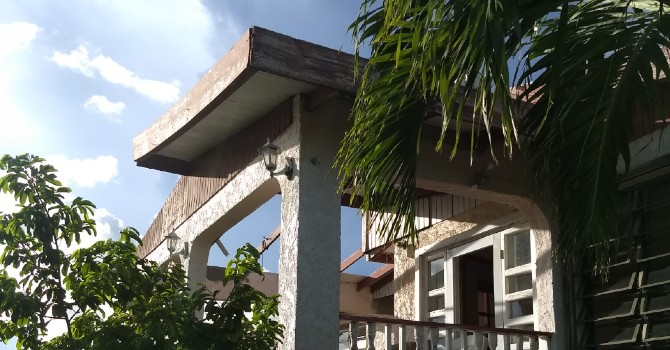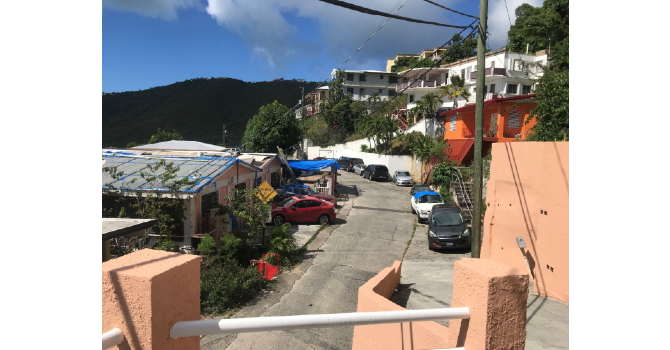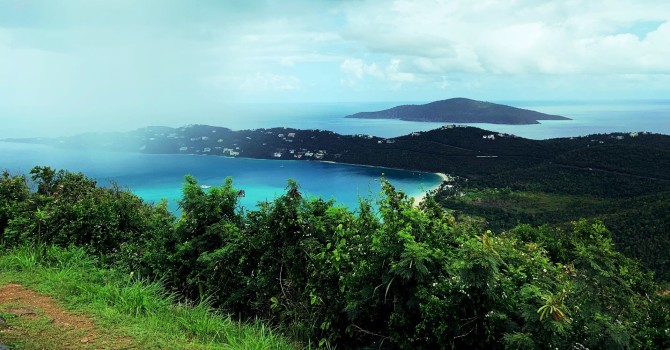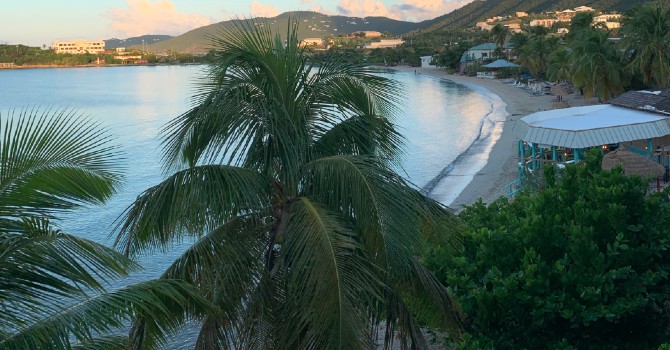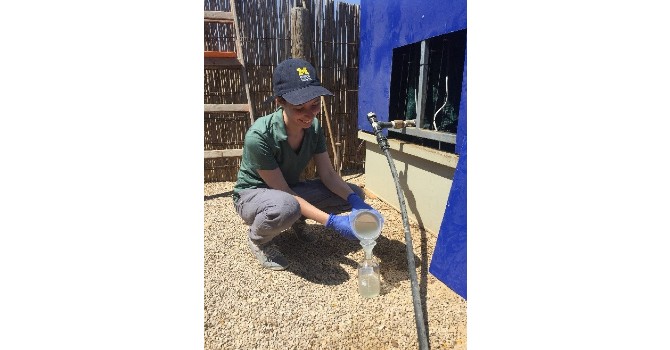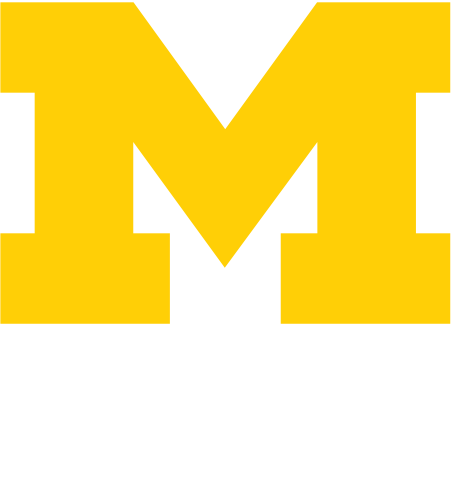Tiempos en the U.S. Virgin Islands
Areli Balderrama, HBHE Student
April 24, 2020, Community Partnership, Disaster Relief, Practice

Note: There was a temporary pause in the publishing of our blog posts as our team returned in early March to the rapidly changing nature of the Coronavirus in Michigan. We now wish to share the thoughts of students on their experiences just before the COVID-19 outbreak.
On our first day in St. Thomas, we arrived at the USVI Department of Health and sat in a CASPER training, which prepared us to conduct the multi-question survey. We discussed the methodology, highlighted the importance of collecting seven surveys from each cluster, and met our team members. Our first cluster had 24 households, and we decided to reach out to every third home. Conducting surveys and speaking with local families the first day went well because our team of three included Jose, a local of St. Thomas, and Kate, a fellow University of MI participant. I really do believe that many people who agreed to the survey did so because of Jose. In terms of Survey design, each participant had the option to answer an open-ended question. This was an opportunity for the USVI Department of health to learn more about the conditions 'on the ground.'
As someone who is coming from the mainland, it was vital for me to acknowledge how I could further align myself with the needs of people from St. Thomas and St. Croix. While conducting the Community Assessment for Public Health Emergency Response (CASPER) in the Virgin Islands, I was thrilled to hear radios blaring with reggaeton and bachata. Shortly after arriving on the island, I realized that there is a large Spanish speaking population that came through in conversations, music at restaurants, and from their homes. In some cases, I found myself connecting with a few locals over the music and shared language. Spanish became a bridge to connect with people who reminded me of my relatives and was definitely a strength. While speaking with an older gentleman, I had the opportunity to conduct the survey in Spanish, which created a sense of comfort for both of us. Linguistic diversity in survey design is vital and brings us closer to gathering data that genuinely reflects the population. I appreciated his patience and jokes, as I surveyed in Spanish. Humor and kindness were at the forefront of many of our interactions with people on the island.

